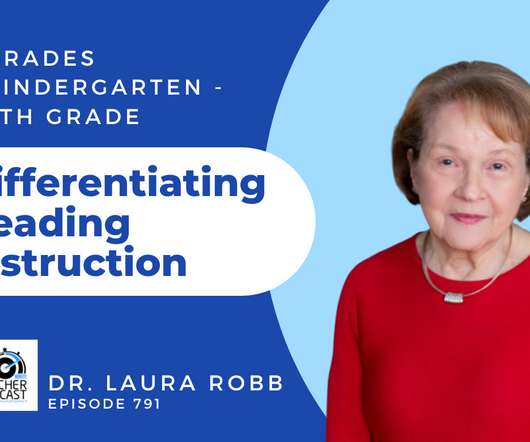Characteristics of The 21st Century Classroom
Educational Technology and Mobile Learning
JANUARY 4, 2024
Student-Centered Learning The 21st century classroom is a student-centered learning hub. In these classrooms, ” students regularly communicate, collaborate, self-reflect, problem solve,and peer-evaluate about their learning” (Hansen & Imse, 2016, p. ” Both critical thinking skills (e,g.,





















Let's personalize your content